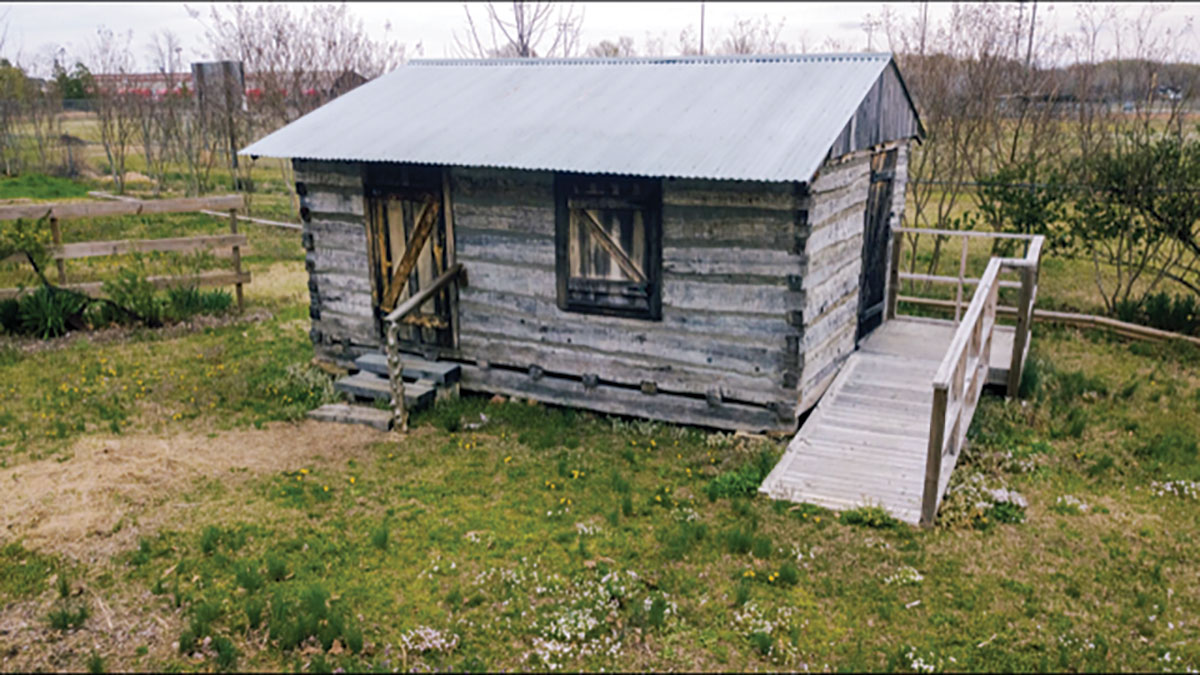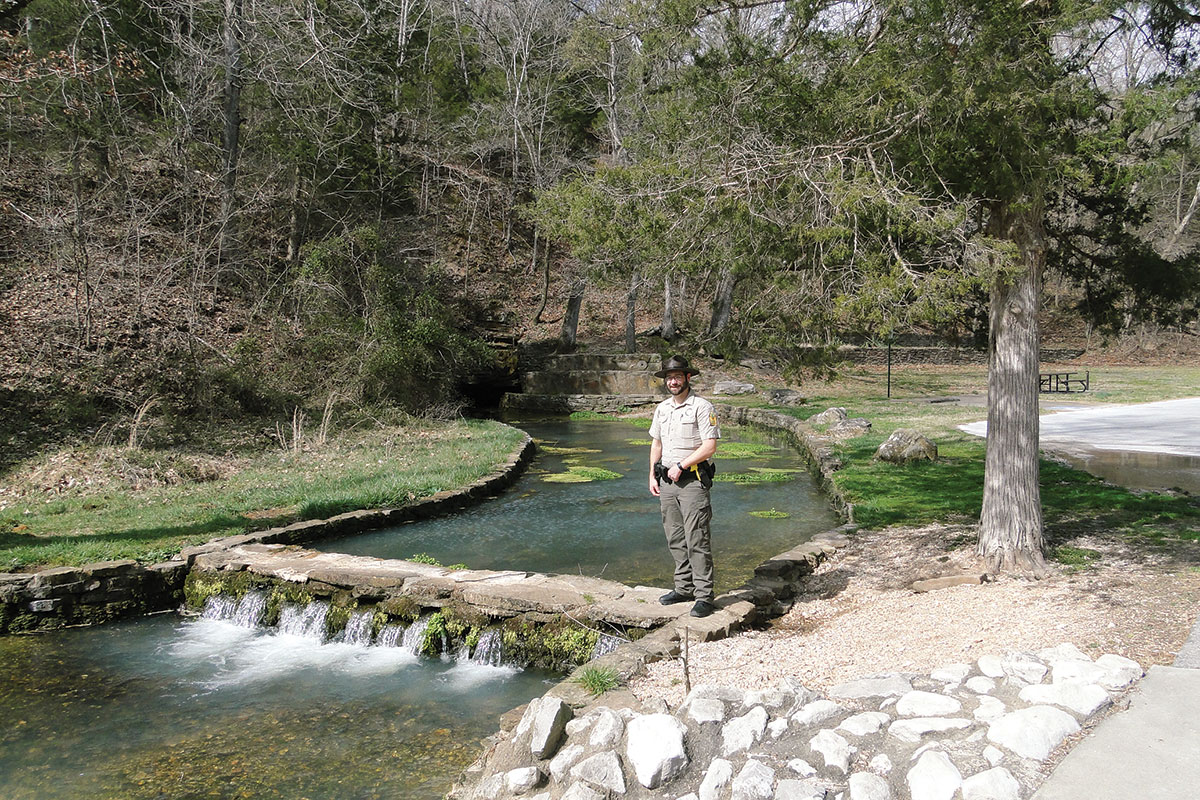
White County Historical Society and Pioneer Village brings the history of Arkansas to one location
History is being lost every day. Buildings burn or are torn down, memories disappear through deaths, and museums cull artifacts.Nonetheless, many people strive to retain and restore history for future generations. An important arm of that restoration is local historical societies.
In 1961, the White County Historical Society was formed to preserve and restore their local history.
An early but important and ongoing project of Searcy’s historical society is the Pioneer Village. In 1967, a Searcy merchant and the grandfather of the Pioneer Village named Oran Vaughn turned his interest in history into a one-man campaign to find and save late 19th century buildings.
The process began when the Yingling family land owners donated an old log house constructed on their land in 1865. The house was moved to the Searcy County Fairgrounds and contained a dogtrot with rooms on each side and a loft/attic. Though abandoned for 50 years, the house was remarkably preserved. The logs were hand cut with the ax marks still visible.
“The Gordon family, who built the house, spread all over the country. Locals loved to look at the house where they used to play while many family members from across the nation have come to view the house,” Historical Society President Shelly Churchwell said. “A few years ago, a lady from Texas had a very personal moment as she viewed the structure and the tie to her family history.”
Oren gathered a number of buildings with many coming from his childhood home of Pangburn, 15 miles north of Searcy. A building named Little Red Schoolhouse came from the Little Red Community near Pangburn and was moved to the fairgrounds. Other saved other buildings, include a late 1800s train depot from Garner, Ark. Through the years the building served different purposes such as an antique shop location. The different uses resulted in interior changes. That building, however, was structurally very sound and first had an exterior facelift with the interior restoration to its original use and appearance still ongoing.
Pioneer Village also contains the Pangburn jail, which is nothing more than a room-sized tin box with a wood floor. A period sawmill building is now used as home for a woodworking shop with old tools and demonstrations open during three annual open houses. Another part of the large building is used for cotton displays because cotton was an extremely important local commodity in the late 1800s.
One artifact is the last bale of cotton ginned in the county along with explanatory cotton displays. There is even a patch of cotton plants periodically inspected by the state to ensure the plants host no boll weevils. The last portion part of the building is a multipurpose open area with seating and used for entertainment and additional displays.
A favorite attraction is an old pole barn, home to a blacksmith shop with a blacksmith demonstration during events and to period carriages, tractors and wagons. The pole barn even has a “Sunday best wagon” and a mail wagon dating back to the original postal system. A smaller barn features some displays but is highly popular with children during events when volunteer Jan Ebner brings animals such as goats, sheep, ducks and chickens for the children to view.
In addition to a fruit or canning house, the attraction also has a trapper’s cabin built from logs discovered underneath the stucco exterior of an old home as it was being torn down on Rand Street in Searcy. The logs were donated and protected for years before volunteers in 2014 built the cabin without changing any of the notches in the logs.
In 2000, the Pioneer Village was in danger because the fairgrounds no longer wanted to house the attraction. Bill Leach, a past society president whose parents were also presidents, made the move to its current location within Searcy possible. He donated part of the money, gathered contributions from businesses and individuals, and organized the entire process which took place in 2002. Pioneer
The White County Historical Society is a nonprofit organization that raises funds through memberships, donations and the three annual free open houses whose diverse and interesting activities and displays draw many people who then make donations. Event personnel dress up in period clothes and give tours and information supported by lifestyle demonstrations. Vendors offer late 1800s style products such as braided rugs, preserves, and wood items. The fall event is the largest and provides games such as jump roping, stilts, and rolling pinecones covered with peanut butter to be used as birdfeeders. The Christmas event offers free sugar cookie decorating as well as free cookies and apple cider with Santa and Mrs. Claus available for Christmas wishes. Sheep have red ribbons with a bell, and a real sleigh with wooden reindeer contribute to the authentic Christmas experience.
Historical preservation is not done. Elizabeth is one day hoping to have an old country church to be located in the remaining space at the attraction site. Shelly, on the other hand, has just acquired a grant with private and public financing to restore the old American Legion rock building located on Searcy’s court square.







